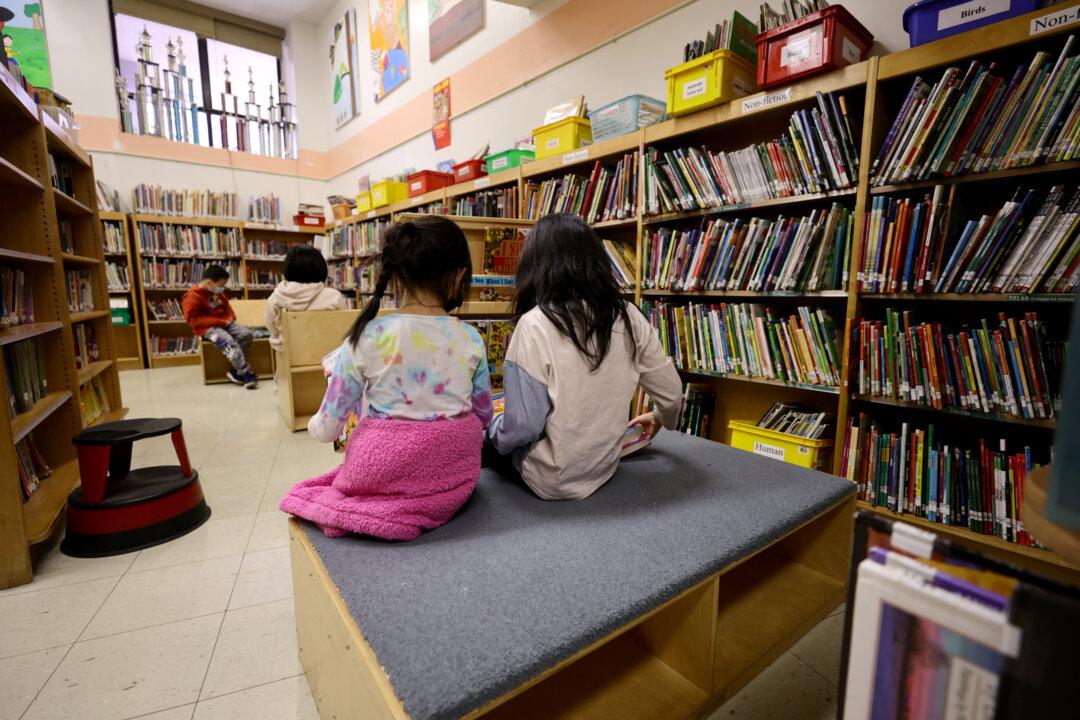The latest NAPLAN results paint a dire picture of education in Australia, with one in three children failing to meet minimum standards for literacy and numeracy for the second year in a row.
Across the board, one in 10 students need extra support.

The latest NAPLAN results paint a dire picture of education in Australia, with one in three children failing to meet minimum standards for literacy and numeracy for the second year in a row.
Across the board, one in 10 students need extra support.